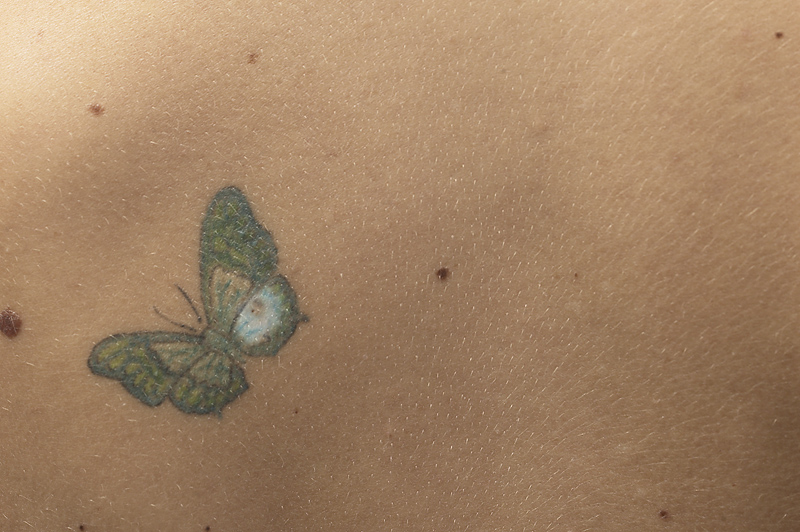
FRIDAY, Oct. 4 (HealthDay News) — A simple, short mental health test already used for pediatric patients has been found effective at predicting post-traumatic stress disorder (PTSD) risk among preschoolers seriously injured by such things as a burn or car crash.
“The most important point is that until now we had no evidence-based method to identify preschool-age children for their risk of long-term psychological problems early after accidents,” said the study’s lead author, Markus Landolt, head of pediatric psychology at University Children’s Hospital Zurich.
Such problems can manifest as repetitive nightmares or the “replaying” of the initial trauma, anxiety, aggressive behavior, temper tantrums and problems with concentration, according to the researchers.
The Swiss effort centers around the “Pediatric Emotional Distress Scale” questionnaire (PEDS). This test was retooled into the PEDS-Early Screener (or PEDS-ES), designed to sift through parent-provided information and zero in specifically on long-term PTSD risk among injured preschoolers.
The result: By establishing an optimal scoring method, investigators achieved an 85 percent success rate at picking up PTSD risk, and a 63 percent success rate at specifically predicting the onset of either full or partial PTSD.
“This study now presents convincing data that early identification is possible even at this young age,” Landolt said, “and therefore offers the possibility for early treatment of those children who are in need of support.”
The study appears in the October print issue of Pediatrics.
The authors pointed out that accidents are a very common feature of childhood. For example, they noted that in 2011, more than 10 percent of American children under the age of 6 had at least one accidental trauma requiring hospital treatment.
“(And) studies with children injured by burns or road traffic accidents revealed that around 10 to 20 percent develop longer-term behavioral and psychological problems after accidents,” Landolt said.
To reduce the risk of long-term complications, the authors stress that time is of the essence when it comes to identifying at-risk children and getting them into preventive treatment. Ideally, they say, the whole process should unfold during a one-to-two week window following an initial trauma.
To that end, the investigators set out to assess the effectiveness of the PEDS-ES diagnostic tool, which covered 21 measures of problem behaviors. They administered it between 2010 to 2012 to the caregivers of 87 children, all between 2 and 6 years old, who had just suffered a traumatic traffic or burn injury within the previous two weeks.
Follow-up parental interviews were conducted six months later to screen for PTSD among the children. At that point, 23 percent of the patients were diagnosed with either a full or partial PTSD.
Beyond predicting the onset of the majority of such cases six months before they were firmly diagnosed, the PEDS-ES questionnaire was also successful in identifying the specific degree of PTSD severity that developed in the at-risk children.
The study team therefore concluded that clinicians should be encouraged to use the PEDS-ES test as a fast and easy way to identify PTSD risk among injured youngsters.
“For the first time, it is now possible for first responders — such as pediatricians, nursing staff or emergency psychologists — to assess young children accurately with regard to their risk of long-term psychological and behavioral problems,” Landolt said. “This is an important prerequisite to provide appropriate early treatment and thus reduce the number of preschool-age children suffering from psychological and behavioral problems after an accident.”
Another expert, Dr. Glen Elliott, chief psychiatrist of the Children’s Health Council, emphasized the importance of accurate screening for PTSD among very young injured patients.
“For many years, PTSD was completely ignored among children,” he said. “There was an assumption that children are imminently resilient, and of course children don’t often complain in a way that an adult would, or in the same way. Often because they lack the language to really describe it. So it tended to be missed.”
“But clinicians now recognize and accept the problem,” Elliot added. “And if we know which kids are likely to have an issue, then we can focus our intervention. …There’s no question that it’s easier to work with a child shortly after he has been traumatized to prevent PTSD than to deal with PTSD once it’s already been established.”
More information
For more on children and PTSD, visit the American Academy of Child & Adolescent Psychiatry.
Copyright © 2025 HealthDay. All rights reserved.

